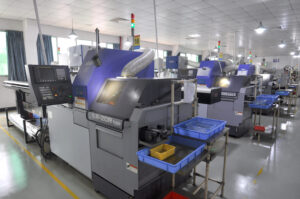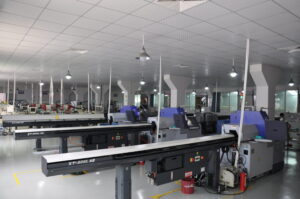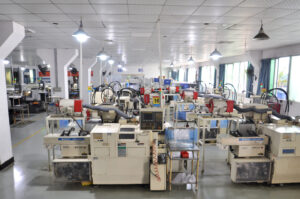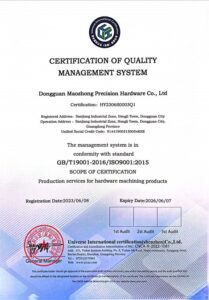Pneumatic hardware components are vital elements in automated systems, enabling the transfer and control of compressed air across various industrial operations. These components are designed to ensure precision, leak-free performance, and long-term reliability in environments ranging from factory lines to automated tools.
Pneumatic systems rely on an array of specialized hardware to manage airflow. Our catalog includes a wide variety of components suitable for both standard and custom configurations:
These components are essential for maintaining pressure stability, minimizing air loss, and ensuring seamless machine operation in automated setups.
The performance of pneumatic fittings and accessories largely depends on the materials used. Each material offers unique advantages suited for different working conditions:
Brass components are widely used due to their excellent machinability, corrosion resistance, and moderate strength. They’re ideal for low to mid-pressure systems and general-purpose industrial applications.
Stainless steel provides superior durability, higher tensile strength, and exceptional corrosion resistance, especially in harsh environments. It is the material of choice in food processing, medical, and chemical sectors.
Aluminum pneumatic parts are lightweight yet strong, suitable for equipment that prioritizes reduced system weight and moderate pressure handling.
Engineering plastics offer excellent impact resistance, chemical stability, and cost efficiency. These materials are ideal for compact, lightweight systems, particularly where electrical insulation is also required.
Surface treatment not only improves the aesthetic of pneumatic components but also plays a critical role in resistance and function:
Pneumatic fittings are integral to a wide range of industries and applications. Their versatility and reliability make them indispensable in:
Whether it’s transferring compressed air, operating pneumatic cylinders, or maintaining vacuum control, quality hardware ensures optimal system performance.
| Component Type | Material Options | Surface Treatment | Size Range | Pressure Rating | Temperature Range |
|---|---|---|---|---|---|
| Push-to-connect Fitting | Brass / PBT / Nylon | Nickel-plated / None | Ø4mm–Ø16mm | 0–1.0 MPa | -20°C to +70°C |
| Threaded Adapter | Stainless Steel / Brass | Polished / Passivated | M5–M20, 1/8”–1/2” | 0–1.5 MPa | -40°C to +120°C |
| Hose Connector | Aluminum / Brass | Anodized / Nickel-plated | Ø6mm–Ø12mm | 0–1.2 MPa | -20°C to +80°C |
Correct installation of pneumatic fittings and accessories ensures system integrity and minimizes maintenance:
Regular maintenance extends the life of pneumatic components and reduces downtime:
As a professional hardware manufacturer, we deliver:
Whether your system requires a single connector or a full-scale pneumatic solution, we’re here to support your industrial performance goals.


Our factory is equipped with state-of-the-art machinery to support both high-volume and high-precision production.
Main Equipment Includes:
This investment in equipment ensures we deliver high-performance gas fittings that meet global safety and quality standards.



We follow a strict ISO-compliant quality control system from raw material inspection to final product testing. We can provide:
Material test reports (MTR)
Surface treatment reports
Leak and pressure test results
RoHS/CE certificates upon request

High-quality pneumatic hardware components are critical to the success of any compressed air system. With the right materials, treatments, and configurations, your system can run efficiently, safely, and reliably. From stainless steel precision parts to cost-effective plastic connectors, our wide selection ensures that your pneumatic systems are built to last.
If you are interested in this exceptional product, please feel free to contact us through the message box on the left side or the contact information provided below. We are eager to collaborate with you for a brighter future!